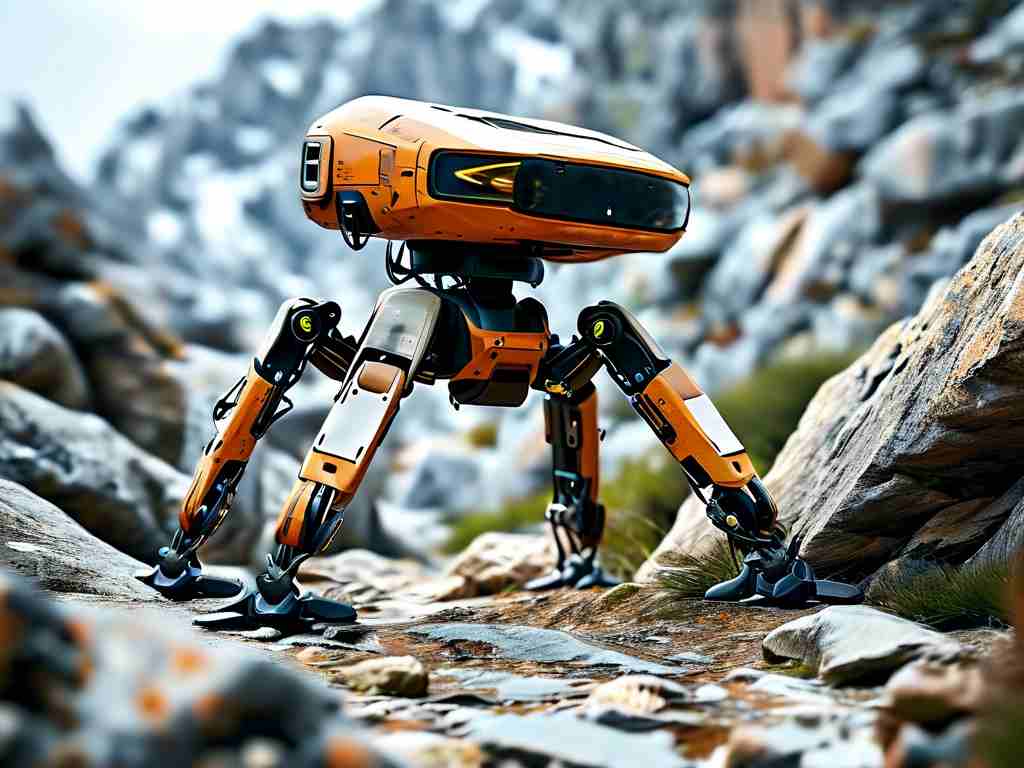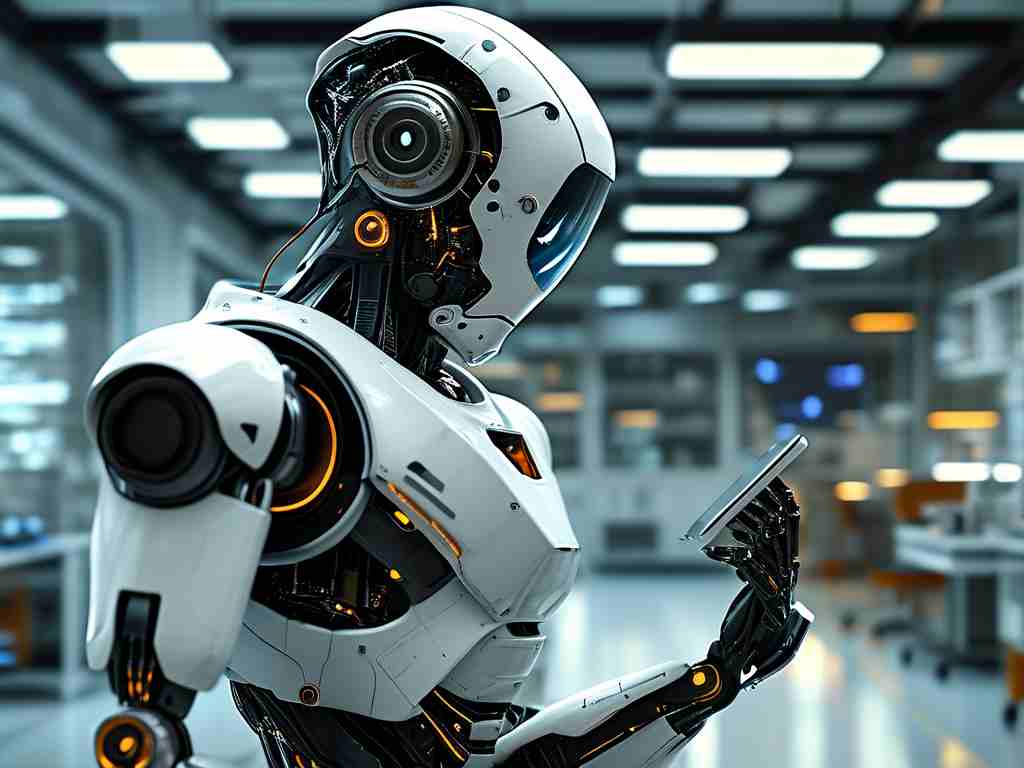The pursuit of robotic stability has become a cornerstone of modern automation, driven by applications ranging from industrial manufacturing to disaster response. As robots transition from controlled factory environments to dynamic real-world settings, maintaining balance and adaptability emerges as both a technical challenge and an innovation frontier. This article explores the foundational technologies enabling robotic stability and examines emerging trends shaping this critical field.

Dynamic Balance Control Systems
At the heart of robotic stability lies dynamic balance control, a multi-layered approach combining hardware precision with algorithmic intelligence. Modern systems employ inertial measurement units (IMUs) and pressure-sensitive footplates to detect micro-shifts in weight distribution. For bipedal robots, this data feeds into real-time torque adjustment mechanisms in joints, enabling human-like recovery from unexpected disturbances. Boston Dynamics' Atlas robot exemplifies this principle, using predictive modeling to anticipate terrain changes and adjust limb trajectories mid-motion.
Industrial applications leverage similar principles through vibration-dampening actuators. ABB's YuMi collaborative robot, for instance, integrates counterbalance mechanisms that neutralize external forces during high-precision assembly tasks. These systems often combine PID (Proportional-Integral-Derivative) controllers with machine learning models trained on millions of simulated destabilization scenarios.
Sensor Fusion Architectures
Stability optimization increasingly relies on multi-modal sensor integration. Lidar scanners map terrain geometry while millimeter-wave radar detects surface compliance—critical for robots operating on mixed surfaces like ice-to-concrete transitions. Thermal cameras add another layer, identifying hidden hazards like black ice or overheated machinery components.
The fusion challenge lies in processing latency management. NVIDIA's Isaac robotics platform addresses this through hybrid edge-cloud computing, where time-sensitive balance corrections occur locally via onboard GPUs, while complex environmental analysis offloads to cloud servers. This split-second coordination enables warehouse robots like Amazon's Proteus to maintain stability while navigating crowded fulfillment centers at 5.8 m/s.
Adaptive Algorithms
Machine learning has revolutionized stability strategies through reinforcement learning (RL) frameworks. Researchers at MIT recently demonstrated a quadruped robot that learned stable gait patterns through 4,000 simulated falls, developing recovery strategies unrecognized by traditional control theory. These neural networks excel in handling "edge cases"—unpredictable events like partial limb failure or sudden payload shifts.
Another breakthrough comes from impedance control algorithms that mimic biological muscle compliance. Festo's BionicCobot adjusts joint stiffness based on task requirements, maintaining rigidity for precise movements while staying compliant enough to absorb shocks. This biomimetic approach proves particularly effective in collaborative robots working alongside humans.
Energy-Efficient Stabilization
Power constraints drive innovation in passive stabilization mechanisms. Carnegie Mellon University's TIAGo robot utilizes a variable-center-of-gravity system, where tungsten weights shift position within its torso to counteract tilting moments. This mechanical solution reduces reliance on energy-intensive actuators, extending operational duration by up to 40% compared to purely active systems.
Magnetic levitation bearings represent another frontier. Swiss startup Levitronix employs superconducting materials to create frictionless joints, eliminating stick-slip vibrations that plague traditional gear systems. While currently cost-prohibitive for commercial use, lab tests show 92% reduction in destabilizing mechanical chatter.
Future Directions
The next evolution in robotic stability points toward swarm synchronization. DARPA's OFFensive Swarm-Enabled Tactics (OFFSET) program demonstrates how drone flocks maintain collective balance during complex maneuvers. Through distributed ledger-like communication, individual units compensate for neighbors' instability—a concept that could transform construction robotics and planetary exploration.
Material science innovations also play a growing role. Self-healing polymers developed at TU Delft automatically repair minor structural cracks that might otherwise amplify vibration harmonics. Coupled with shape-memory alloys that adjust component geometry in response to stress patterns, these materials promise to fundamentally redefine mechanical stability paradigms.
Implementation Challenges
Despite progress, significant hurdles remain. The "stability-complexity paradox" persists—as stabilization systems grow more sophisticated, they introduce new failure modes. Cross-industry standardization efforts led by the IEEE Robotics Society aim to establish baseline stability protocols without stifling innovation.
Ethical considerations also emerge, particularly regarding autonomous robots in public spaces. A balance must be struck between aggressive stabilization (ensuring safety) and graceful failure modes (preventing collateral damage). The EU's upcoming Machinery Product Regulation includes specific clauses mandating "controlled destabilization" protocols for service robots operating near civilians.
Robotic stability technology stands at an inflection point, blending mechanical engineering, AI, and materials science into cohesive systems. From earthquake-resistant rescue robots to millimeter-precise surgical assistants, advancements in this field continue to push the boundaries of what automated systems can achieve. As researchers tackle remaining challenges in energy efficiency and fail-safe operation, the coming decade promises to deliver robots capable of maintaining stability in environments once considered irredeemably chaotic—from deep-sea volcanic vents to the shifting sands of Mars.


